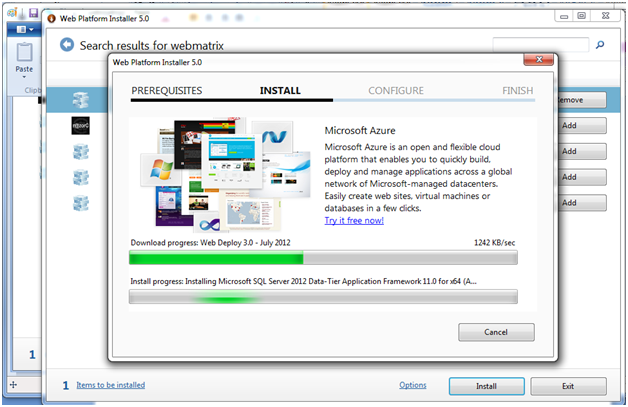
The bottom-line here is that, I'm afraid Drupal may not be suitable for beginners like you. It is true that there may be a need to read voluminous amounts of veritable resources just to be able to get the kind of website that you want with Drupal, and I believe nobody here will be able to help you in a spoon-fed fashion or with much hand-holding guidance, unless you manage to arrive on a paid consultancy agreement. However, more beginners, IT-inclined or not, found the task of using Drupal too complex and too time-consuming for their purposes. Many beginners who are (or were) very IT-inclined found it relatively easy to install, use and manage Drupal websites. But apparently, you haven't heeded some calls for you to visit the official documentation resource of Drupal. The short answer to your question is - yes, it IS possible to use Drupal offline for your tourism website and then upload it online. Remote: Host + latest Drupal + modules + DB + content Local OR remote copy for test: Dreamweaver + XAMPP + Drupal + DB + Modules + content Local: XAMPP + Drupal + modules + content + DB The site is based on acquia slate, but with lots of changes. For anonymous users is doesn't show much, but has everything from Views, Panels to GoogleEarth plugins ready for a small tourism operator.

Remember, it is a CMS and its flexible, scalable and manageable, but for small sites it means you have to plan as a large one, if you really need the "dynamic content" possibilities.Ĭheck this one here and you can catch a preview of the possibilities when theming your site. My sites have at least 20-25 modules to achieve some basic stuff. Modules are fundamental addons that you cannot live without. Everything is a page or story and you are able to create other type of content using external modules, CCK. One last thing is to understand the mechanism of Drupal.


Try to understand the regions (sidebar, sidebar-last, preface.) and the blocks that create the page so you can fix your efforts in the right direction. Some themes like acquia (very good by the way) can have extra options like Banner image. These files are a mix of HTML and PHP and are the layout of the pages presented by Drupal. CSS that you already know, can be found on the themes folder and Templates the. Related to appearance of Drupal, it mainly uses two types of customization. I'm not a developer that have all the information needed to help you, but I will try anyway.

Well, as I said before, Drupal is not the easiest platform to start.


 0 kommentar(er)
0 kommentar(er)
